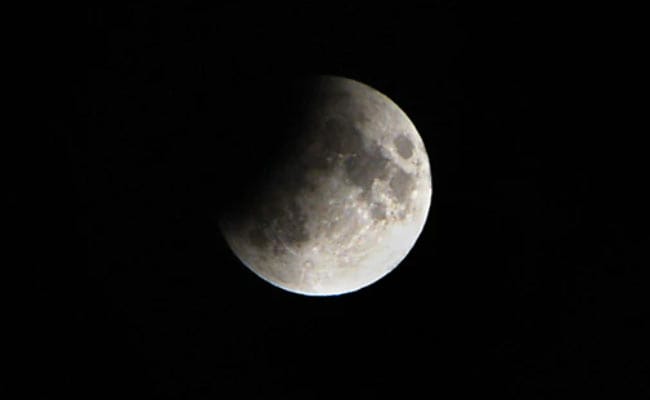

Last lunar eclipse of 2020: On November 30, Chandra Grahan coincides with Kartik Purnima
Lunar Eclipse 2020: The last lunar eclipse or Chandra Grahan of the year will occur on November 30, coinciding with the auspicious Kartik Purnima. This lunar eclipse will be penumbral when the Moon goes dark for a few hours. The lunar eclipse is a celestial event that occurs when the Moon moves into the Earth’s shadow. There are three types of lunar eclipses: total, partial, and penumbral. When the Earth blocks part of the Sun’s light from directly reaching the Moon and the outer part of the Earth’s shadow, called ‘penumbra’, covers all or part of the Moon, a penumbral eclipse occurs. This type of eclipse is more difficult to detect as the penumbra is dimmer compared to the dark core of Earth’s shadow called the ‘umbra’. Because of this, a penumbral lunar eclipse is sometimes mistaken for a full moon.
Lunar Eclipse 2020: 10 facts about the Chandra Grahan
- The lunar eclipse of November 30 – Kartik Purnima – is the last of 2020
- In India, the lunar eclipse will begin at 1:04 pm and end at 5:22 pm
- The lunar eclipse will not be visible in India as the Moon will be below the horizon
- Religious rituals for Hindus will not apply if the lunar eclipse is not visible (Source: drikpanchang.com)
- Much of Europe, Asia, Australia, North America, South America, the Pacific and the Atlantic will witness the penumbral lunar eclipse as long as the weather is clear (Source: timeanddate.com)
- 2020 has four lunar eclipses; all penumbrals. The last three took place on January 10, June 5, July 4
- Lima, the capital of Peru, will witness the penumbral shadow at 2:32 am (local time) on November 30.
- Chandra Grahan has always been linked to myths, even fear, among communities around the world.
- Scientists have dispelled all the myths about eclipses. According to experts, the sun, moon, earth, and other planets move all the time in our solar system, so there is no need to panic or stop activities during eclipses.
- The last celestial event of 2020 will be the solar eclipse of December 14

.